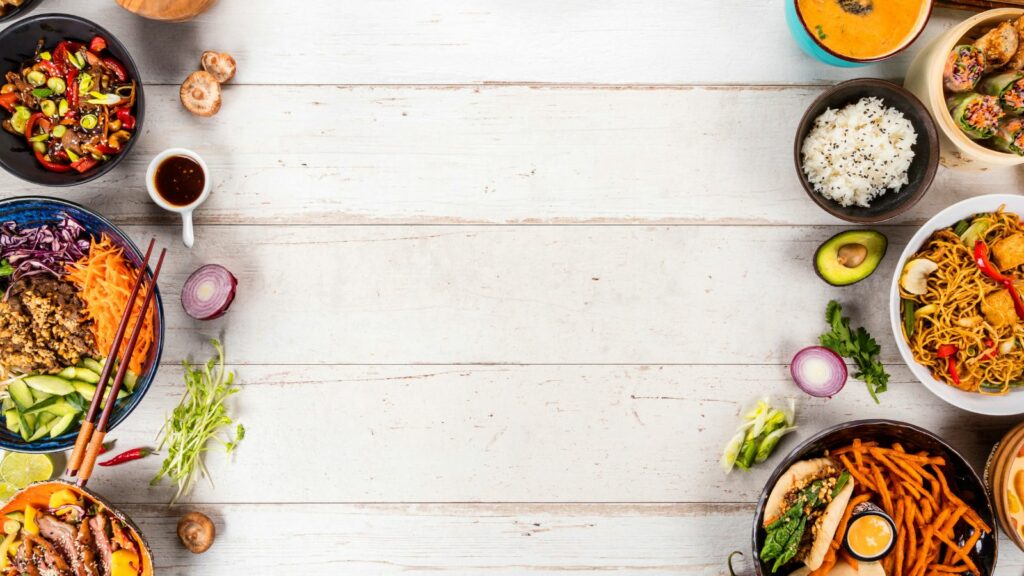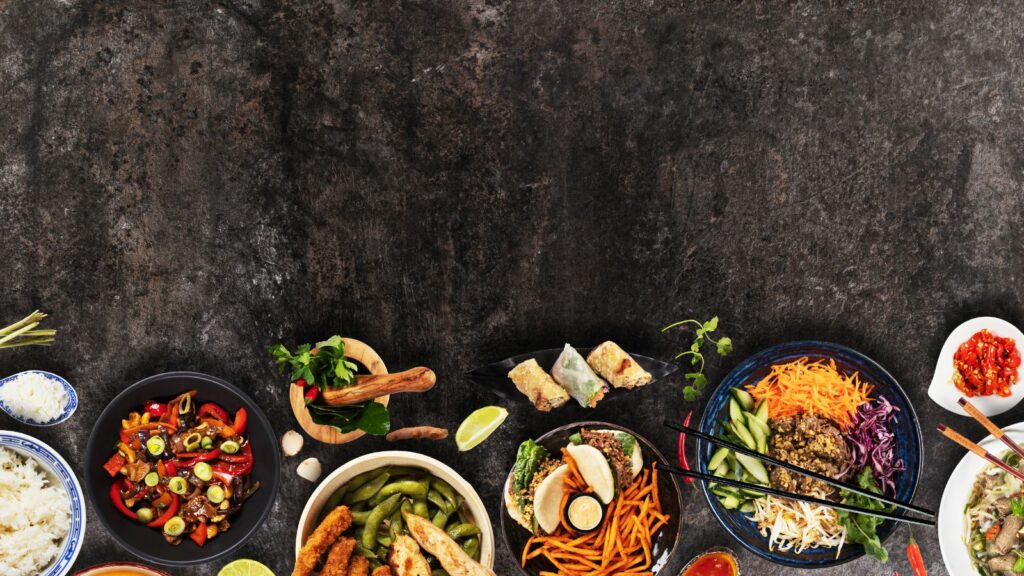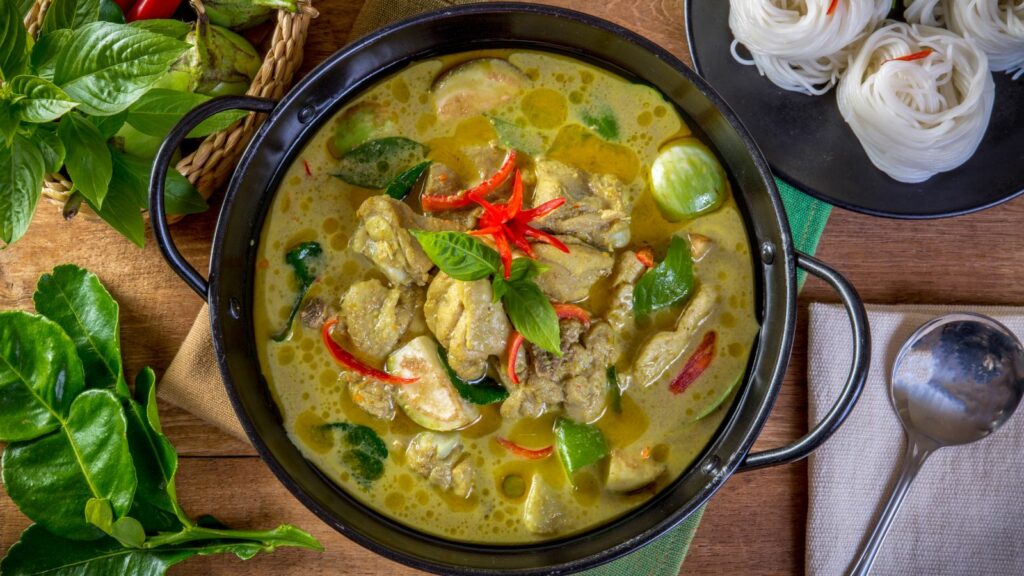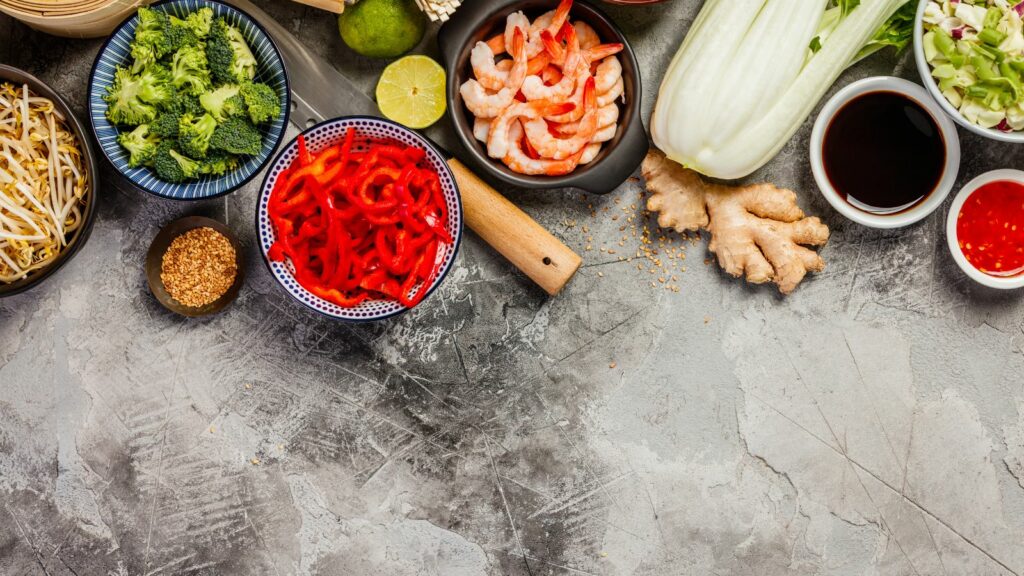Embark on a culinary journey as we explore the diverse and delicious world of heavenly Asian cuisine. From the fiery flavors of Szechuan to the delicate artistry of sushi, Asian cuisine is a treasure trove of gastronomic delights that never fails to tantalize taste buds.
Each region in Asia offers its unique culinary traditions, ingredients, and cooking techniques, creating an array of dishes that are as vibrant and varied as the continent itself. Whether you’re a seasoned foodie or a curious novice, there’s always a new flavor to discover, a new dish to try in the realm of Asian cuisine.
Heavenly Asian Cuisine
Southeast Asian Cuisine boasts an addictive allure, enchanting palates worldwide. Diverse flavors, intriguing ingredients, and a rich history intertwine, creating a culinary experience beyond just sustenance. The lure lies primarily in unique flavor profiles and notable health benefits.

Asian Cuisine thrives on the balance of five fundamental flavors: sweet, sour, salty, bitter, and umami, a savory taste native to Japanese vocabulary. For instance, Vietnamese Pho illustrates this balance perfectly, with the sweetness of the broth, sourness of lime, saltiness of fish sauce, bitterness of herbs, and umami of beef slices.Beyond this, the utilization of fresh ingredients, aromatic herbs, and an array of spices, such as cloves and star anise in Chinese Five Spice or ground turmeric in Indian curries, imbue dishes with a depth of flavor that’s simultaneously complex and inviting.
Expressing a direct connection to health, Asian Cuisine commonly incorporates nutrient-rich ingredients. Inclusion of multiple vegetables in dishes, as seen in stir-fries or noodle soups, promotes high fiber intake. Proteins, used sparingly and often lean, represent another smart nutritional choice prevalent in Asian cooking.
Popular Dishes in Heavenly Asian Cuisine
With a tradition steeped in diverse cultures and enriched with various flavors, Asian cuisine offers a delectable range of dishes. Herein, the article highlights some of the all-time popular dishes that have made their mark on the global culinary scene.

Chinese Delicacies
Chinese cuisine, a cornerstone of Asian gastronomy, champions simplicity while subtly balancing flavors. The multitude of dishes in Chinese cuisine pay homage to the versatility of its culinary expertise.
Peking Duck
Peking Duck, known for its crispy skin and tender meat, remains a crowd-pleaser. Originating from Beijing, the dish entails roasting the duck to a perfect golden brown hue. The succulent meat, typically sliced thin, gets served with a sweet bean sauce, spring onions, and cucumbers on a soft pancake.
Dim Sum
Dim sum – [‘Steamed Buns’, ‘Shrimp Dumplings’, ‘Custard Buns’] – embodies the quintessential ethos of Yum Cha dining, fostering a sense of togetherness. Brilliantly crafted, these bite-sized delights feature various fillings, encompassing a symphony of flavors.
Cooking Techniques Behind Heavenly Asian Cuisine
Asian cuisine lures worldwide with its blend of dynamic flavors, intricate methods, and vibrant presentation, attributed to specific techniques that promote its uniqueness.

Stir-frying holds its roots deep within the Asian culinary expanse, particularly in Chinese cooking. Rapid cooking in a hot, most notably wok, ensures flavor retention. It pairs well with the wide array of vegetables, noodles, and proteins mainstream in Asian meals. For example, dishes like Szechuan Beef or Kung Pao Chicken utilize this technique.
In contrast, steaming remains the preferred method to protect the natural aroma and nutrients of the ingredients. It’s commonly seen manifested in the Dim Sum preparation – a culinary heart of the Cantonese region, where dumplings, buns, and rice noodle rolls get a delicate, soft texture from cooking with steam.Fermentation, a food preparation technique appreciated across Asia, contributes unique sour, umami, and even slightly effervescent notes to dishes. Particular fermented ingredients, like Korean kimchi or Japanese miso, represent this technique’s adaptation.
On the other hand, marination simplifies drawing the intensity of flavor into proteins, a widespread practice in Asian cooking. Incorporating sauces, herbs, and spices, marination tenderizes meat while infusing a depth of flavor. The famous Japanese Yakitori – skewered meats marinated in a mix of soy sauce, sake, and mirin demonstrates this technique’s magic.

